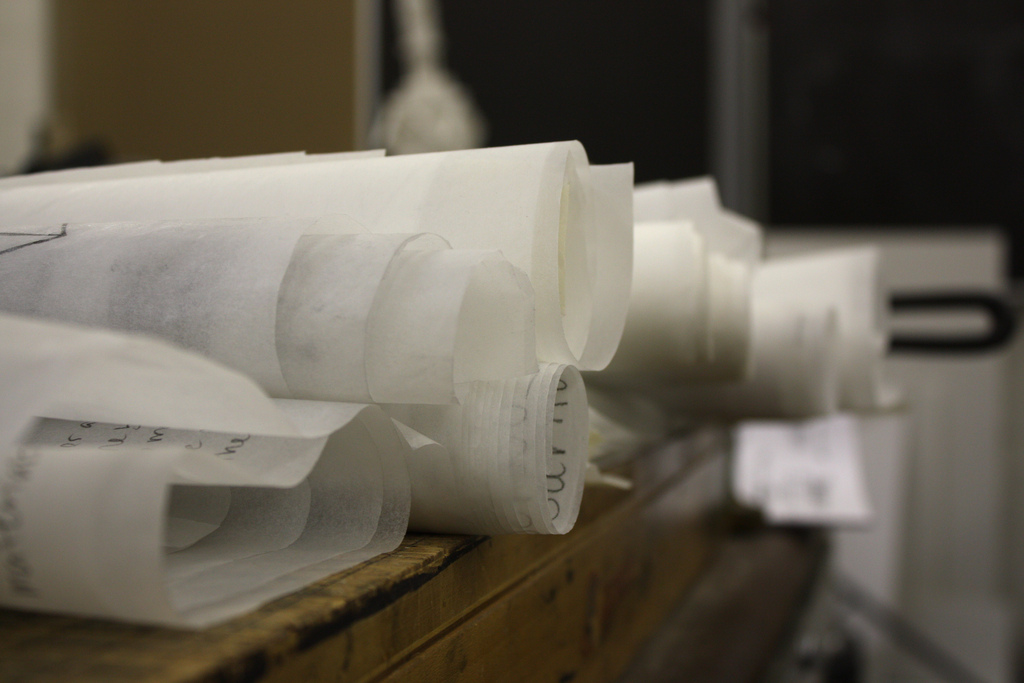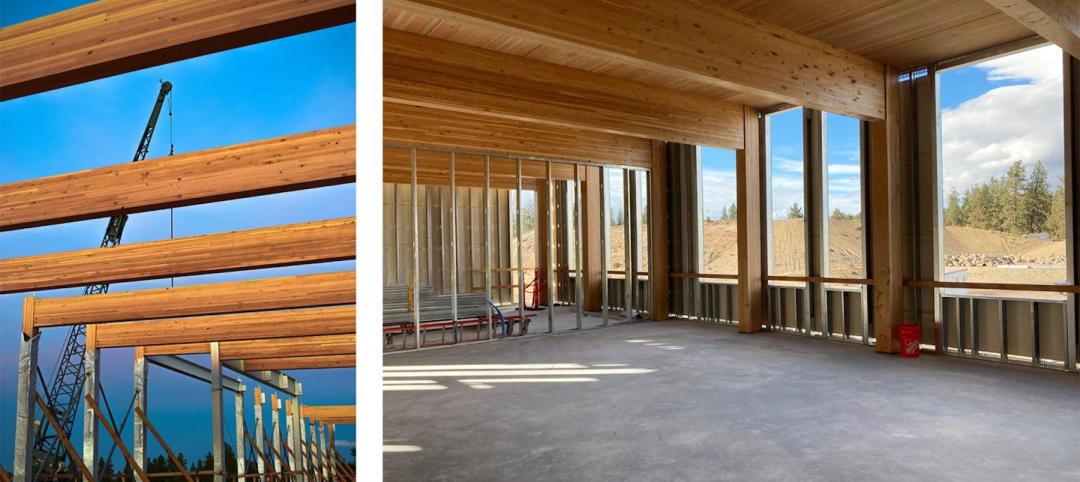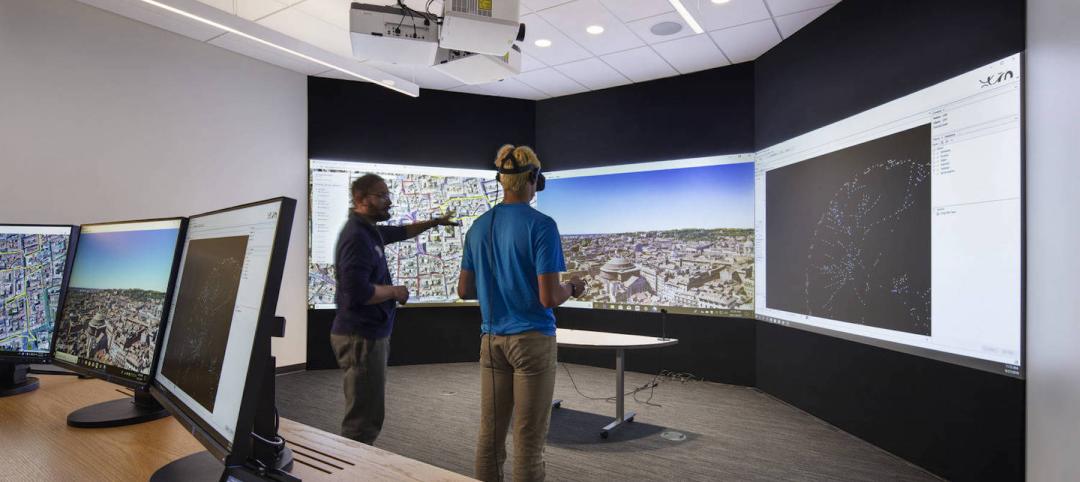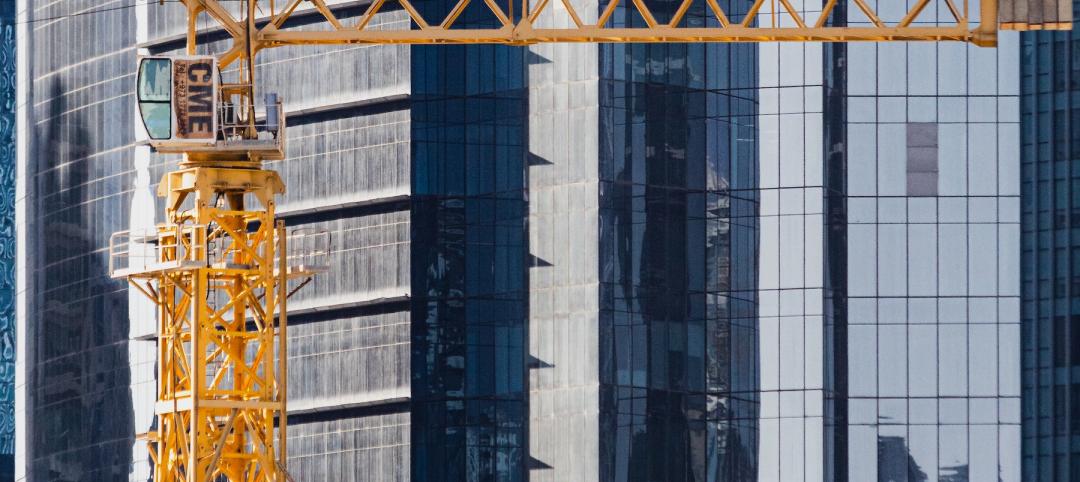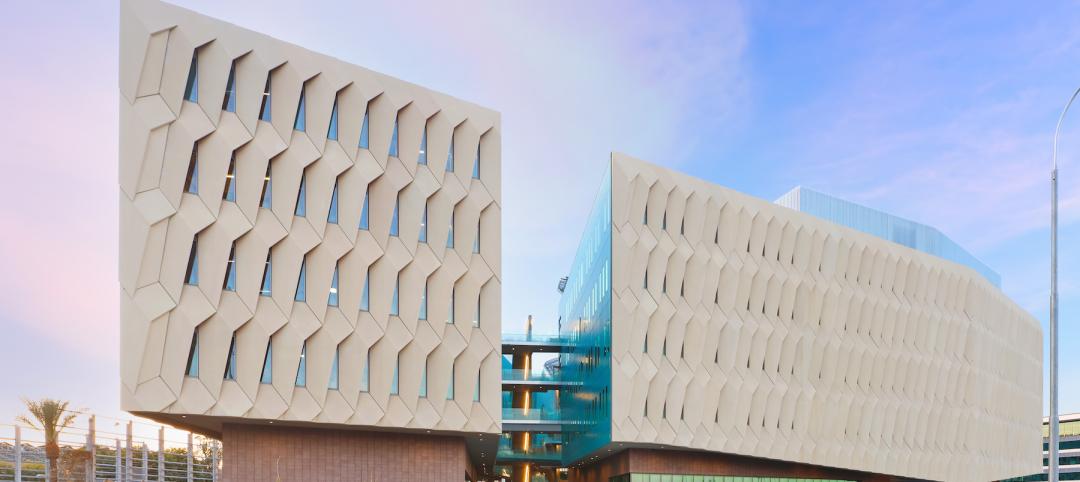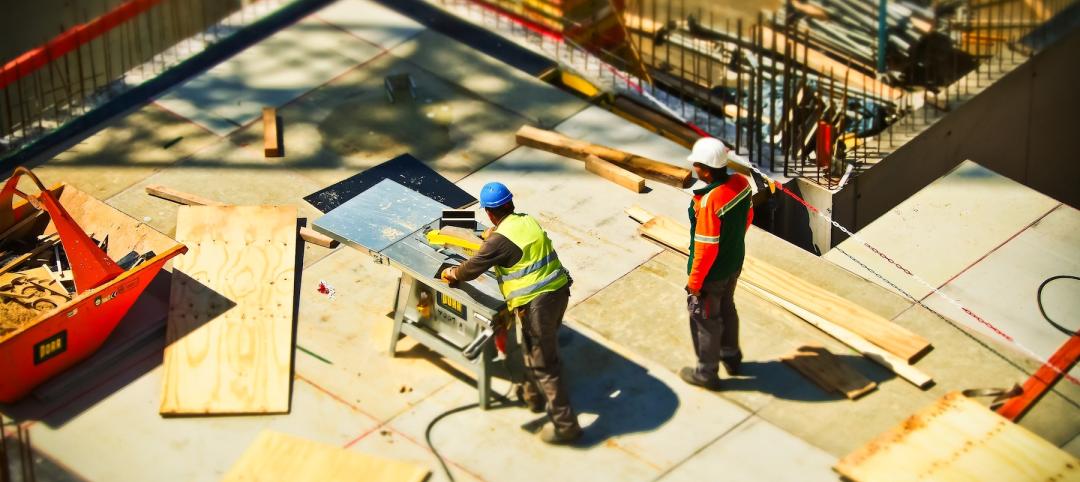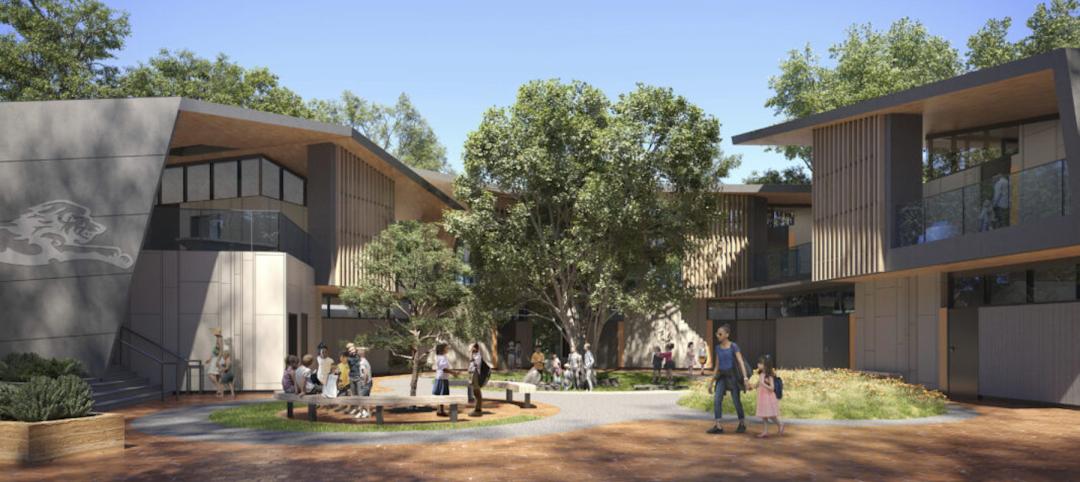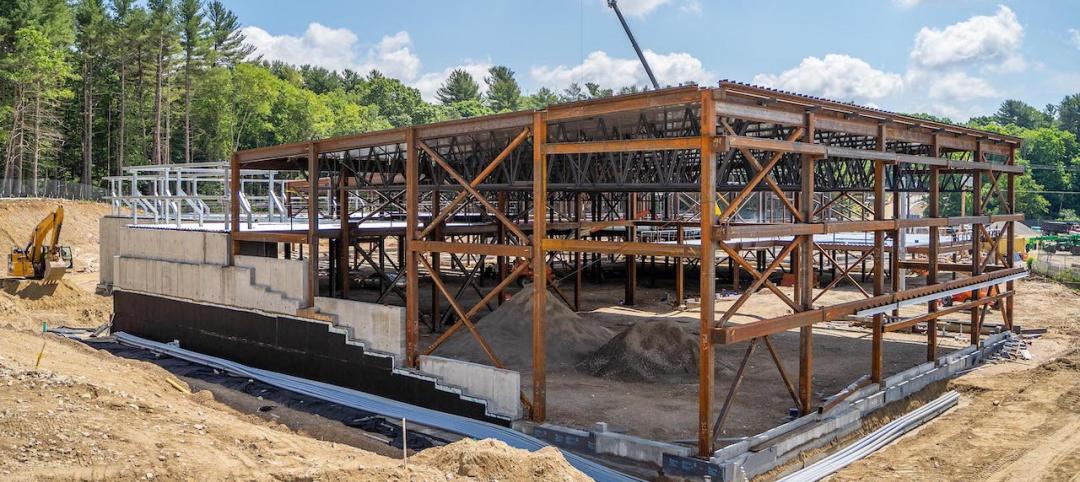The American Institute of Architects (AIA) has created the Equity in Architecture Commission, a blue-ribbon panel of leading architects, educators, and diversity experts to investigate diversity and inclusion in the profession.
The 20-member group is charged with assessing recent data, setting a plan of action, and reporting on results to the AIA Board of Directors by the end of 2016. The commission is a result of the “Equity in Architecture” resolution passed at the 2015 AIA annual meeting—a call to action to retain talent, advance the profession, and further the value of design in society through diversity actions.
“Diversity and inclusion is a priority of the AIA. We have made progress, but not fast enough. The world around us is changing much faster and we can do better,” said 2015 AIA President Elizabeth Chu Richter, FAIA. “We have great opportunity now to look at how to achieve the equity, diversity, and inclusion in AIA member firms through a creative means and provide a framework for the profession to act faster and better to meet a growing demand for architects.”
The goals for the Equity in Architecture Commission include:
- Develop specific recommendations that will lead to equitable practices
- Create measurable goals and develop mechanisms for assessing ongoing progress
- Present a plan of action based on the Commission’s recommendations
Related Stories
| Aug 8, 2022
Mass timber and net zero design for higher education and lab buildings
When sourced from sustainably managed forests, the use of wood as a replacement for concrete and steel on larger scale construction projects has myriad economic and environmental benefits that have been thoroughly outlined in everything from academic journals to the pages of Newsweek.
AEC Tech | Aug 8, 2022
The technology balancing act
As our world reopens from COVID isolation, we are entering back into undefined territory – a form of hybrid existence.
Legislation | Aug 5, 2022
D.C. City Council moves to require net-zero construction by 2026
The Washington, D.C. City Council unanimously passed legislation that would require all new buildings and substantial renovations in D.C. to be net-zero construction by 2026.
Cultural Facilities | Aug 5, 2022
A time and a place: Telling American stories through architecture
As the United States enters the year 2026, it will commence celebrating a cycle of Sestercentennials, or 250th anniversaries, of historic and cultural events across the land.
Sponsored | | Aug 4, 2022
Brighter vistas: Next-gen tools drive sustainability toward net zero line
New technologies, innovations, and tools are opening doors for building teams interested in better and more socially responsible design.
| Aug 4, 2022
Newer materials for green, resilient building complicate insurance underwriting
Insurers can’t look to years of testing on emerging technology to assess risk.
Sustainability | Aug 4, 2022
To reduce disease and fight climate change, design buildings that breathe
Healthy air quality in buildings improves cognitive function and combats the spread of disease, but its implications for carbon reduction are perhaps the most important benefit.
Multifamily Housing | Aug 4, 2022
Faculty housing: A powerful recruitment tool for universities
Recruitment is a growing issue for employers located in areas with a diminishing inventory of affordable housing.
Multifamily Housing | Aug 3, 2022
7 tips for designing fitness studios in multifamily housing developments
Cortland’s Karl Smith, aka “Dr Fitness,” offers advice on how to design and operate new and renovated gyms in apartment communities.
Building Materials | Aug 3, 2022
Shawmut CEO Les Hiscoe on coping with a shaky supply chain in construction
BD+C's John Caulfield interviews Les Hiscoe, CEO of Shawmut Design and Construction, about how his firm keeps projects on schedule and budget in the face of shortages, delays, and price volatility.


